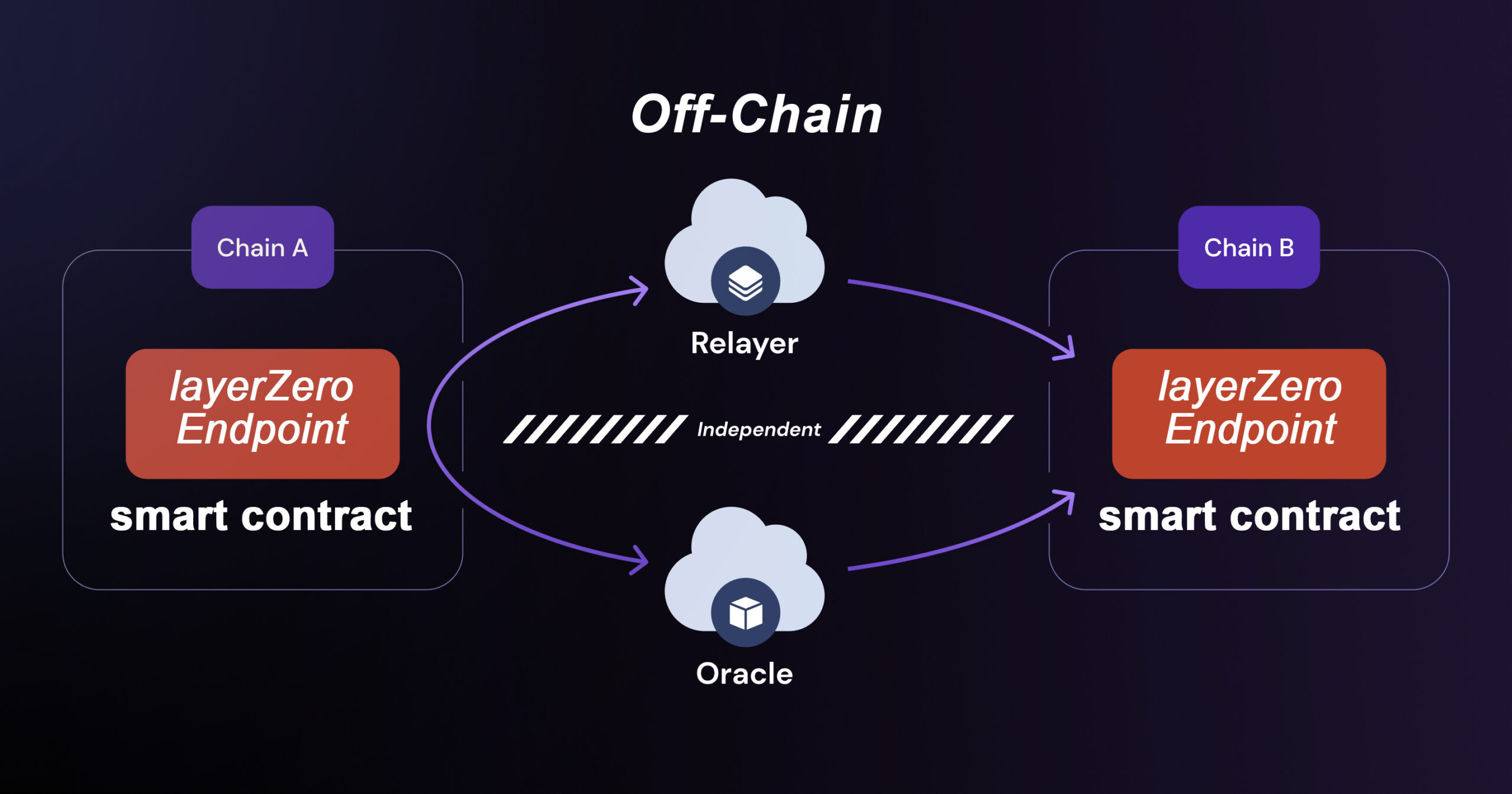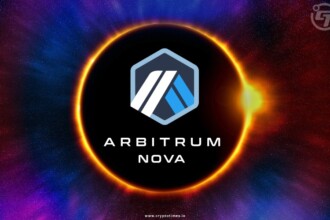The interoperability between different networks remains one of the biggest challenges in the current blockchain landscape. There are currently hundreds of blockchains in the industry, all functioning independently of each other. In an ecosystem where capitalization is shared between all, this drawback makes it difficult to interchange data, assets, and information.
To address this issue, LayerZero has evolved as an innovative project that makes it possible to send transactions from one blockchain network to another. This groundbreaking innovation holds the key to how blockchain networks will perform in coming times and how data could be shared for a better future.
In this article, we will delve deeper into LayerZero to understand how it functions and what benefits it brings to the diverse blockchain ecosystem.
What is LayerZero?
LayerZero is an inter-blockchain communication protocol that enables cross-chain transactions between different blockchain networks. It offers a new method of interacting across multiple blockchains without requiring an intermediate bridge. By removing the need for a blockchain bridge, LayerZero preserves the ethos of decentralization and trustless ecosystem.
The ability to perform cross-chain transactions directly between multiple blockchain networks unlocks endless possibilities for various large-scale applications. It could be used to develop cross-chain decentralized exchanges, lending-borrowing protocols or liquidity pools.
LayerZero enables these novel functionalities while allowing users to freely move liquidity between different blockchain ecosystems without having to go through third-party bridging protocols. Such applications built using LayerZero’s infrastructure broaden the DeFi landscape while connecting different dApps, pools and assets using seamless integrations.
In other terms, LayerZero can be defined as an universal router which makes it easier to send or receive assets across multiple blockchain ecosystems. LayerZero currently supports more than 70 blockchain networks including mainnet, testnet and devnet clusters. According to states available on LayerZero’s website, it has processed more than 133 million transactions while being home to over hundreds of decentralized applications (dApps).
How LayerZero Works?
LayerZero employs on-chain light nodes to enable communication between different blockchains. These nodes are called the LayerZero Endpoint and they are deployed on every blockchain it supports. This creates an interconnected network of blockchains, where every node deployed on the first blockchain has a direct connection to the node on other blockchain.
Another key development from LayerZero is decentralized oracles that fetch block headers while asked instead of keeping track of the whole blockchain network. This essentially helps it function efficiently without worrying about the security.
Using both these functionalities, the cross-chain transaction is hereby facilitated using two off-chain applications – an Oracle and a Relayer. When a transaction is sent from one blockchain to another, the origin blockchain’s endpoint notifies the specified Oracle and Relayer of the message to its target chain. The Oracle then forwards the relevant block header to the target chain’s endpoint while the Relayer submits a transaction proof to the target blockchain. Once the proof is verified and validated, the transaction is sent to its designated blockchain’s address.

One of the distinct advantages of LayerZero’s approach is the high-end security inherited from the blockchain networks. Using the use of an Oracle-Relayer pair, LayerZeto is not only enabling a novel development but it has also unlocked another layer of security. In case of a security breach, both the Oracle and its corresponding Relayer has to be compromised in order to succeed.
Key Functionalities of LayerZero
Decentralized, cross-chain Messaging
LayerZero provides cross-chain communication without needing a bridge, centralized party or a trusted intermediate chain. The use of independent Oracle and Relayer verifies the validity of transactions without requiring to trust third parties. This proposed solution by LayerZero is different from blockchain bridges which are highly dependable on centralized approaches.
Modular Architecture
The architecture of LayerZero is modular and extensible, allowing to add support for new blockchains and functionalities without requiring modifications to the core protocol. It does not require to create new functions for adding new blockchains or develop complex smart contracts to achieve interoperability.
Scalable Approach
The modular development approach of LayerZero helps it become more scalable and flexible over time. It provides a more resilient base compared to other approaches that may require significant changes and developments when it comes to adding new features and functionalities.
Simplified User Experience
The most beneficial advantage enabled by LayerZero is its simple and intuitive user experience for cross-chain transactions. While most of the interoperable solution uses blockchain bridges, LayerZero’s architecture enables seamless and minimal single-transaction swaps without the need for any approval from third parties. This way, it eliminates time-consuming confirmations, helps avoiding unnecessarily charged costs and improves efficiency for users.
Team Behind LayerZero
LayerZero Labs is the developer entity behind LayerZero which is led by the Co-founder & CEO Bryan Pellegrino, second co-founder and CTO Ryan Zarick, and third co-founder Caleb Banister. LayerZero Labs raised a $120 million Series B funding round in early April 2023 which bumped its valuation from $1 billion to $3 billion. This funding round attracted some of the biggest crypto investors and VCs including a16z Crypto, Circle Ventures, and Sequoia Capital.
LayerZero Airdrop
After confirming the native token in December 2023, LayerZero team hinted towards a massive airdrop in January. The team shared a post on May 2 citing that they have taken a snapshot for potential airdrop. While looking at the scale of the project, it is estimated that LayerZero airdrop will be the largest among all other airdrops in 2024.
Conclusion
Interoperability is one of the key areas where most blockchain development takes place and LayerZero has positioned itself as a leader in this space. With its novel and innovative development approach, LayerZero stands as one of the most promising interoperability protocols with the potential to grow at a wide scale in the ever-evolving blockchain industry. While it currently seems a major application, upcoming months will decide the fate of LayerZero and whether it will be sustained for long term or not.
Also Read:







